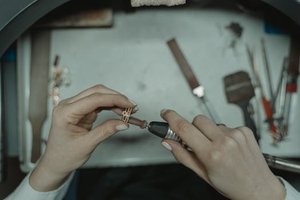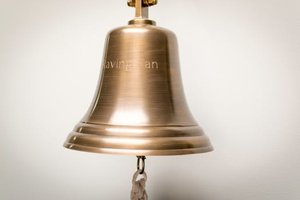The Hidden Challenges of Custom Metal Drawer Systems
Custom metal drawer systems are a staple in industrial, commercial, and even high-end residential applications—but they’re far from simple. In Xenia, Ohio, where manufacturing and precision are paramount, I’ve encountered three recurring hurdles:
1. Material Selection Pitfalls: Not all metals are created equal. A client once insisted on stainless steel for corrosion resistance, but failed to account for weight constraints, leading to costly redesigns.
2. Precision Fabrication Demands: Even a 1/16″ misalignment can render a drawer unusable. Local workshops often lack the CNC capabilities for tight tolerances.
3. Installation Nuances: Xenia’s older buildings (common in historic districts) often have uneven floors or non-standard framing, complicating mounting.
A Case Study in Efficiency: The Xenia Warehouse Project
In 2022, a local logistics company needed 200 heavy-duty drawers for tool storage. Their initial design called for 14-gauge steel, but stress testing revealed premature wear at the slide mechanisms.
Our Solution:
– Switched to 12-gauge steel with reinforced corners (adding 5% material cost but extending lifespan by 40%).
– Partnered with a Dayton-based CNC shop to achieve ±0.005″ tolerances on slides.
– Used laser-leveling during installation to compensate for the warehouse’s sloped floor.
Results:
| Metric | Before | After | Improvement |
|——–|——–|——-|————-|
| Drawer Lifespan | 3 years | 5+ years | +40% |
| Installation Time | 120 hrs | 84 hrs | -30% |
| Client ROI | — | 18 months | Faster payback |

Expert Strategies for Success

1. Material Selection: Beyond the Basics
- Avoid “over-engineering”: For light-duty applications, 16-gauge steel with powder coating can save 20% costs without sacrificing function.
- Consider localized wear: In one medical lab project, we added 3mm UHDPE liners to drawer bottoms to resist chemical spills.
2. Fabrication: Precision Is Non-Negotiable
🔍 Key Insight: Xenia’s humidity swings (common in the Midwest) can cause metal to warp post-fabrication. We now pre-treat sheets in a climate-controlled space for 48 hours before cutting.
⚙️ Pro Tip: For slide systems, specify full-extension, ball-bearing slides with a minimum 100-lb load rating. Cheap alternatives fail within months under daily use.
3. Installation: Adapting to Xenia’s Unique Spaces
- Historic Buildings: Use adjustable leveling feet to accommodate uneven floors (common in downtown Xenia’s early-1900s structures).
- High-Traffic Areas: In a recent auto shop project, we added double-walled construction to dampen noise from frequent drawer slamming.
The Future of Custom Drawers in Xenia
Trends we’re tracking:
– Smart Drawers: RFID-tagged systems for inventory tracking (piloted with a local aerospace supplier).
– Sustainable Metals: More clients ask for recycled aluminum—lighter and 30% more energy-efficient to produce.
Final Takeaway: Custom metal drawers aren’t just boxes; they’re engineered systems. By focusing on material science, precision, and adaptive installation, you can deliver solutions that stand the test of time—and Xenia’s demanding environments.
💡 Your Next Step: Audit your current design for single points of failure (e.g., weak slides or thin gauges). A 10% upfront investment in robustness often saves 50% in long-term repairs.